It is difficult to find a field of expertise where Silicon Valley opportunists are not trying to shoehorn artificial intelligence, and for the most part, these systems do not work because they are misleadingly marketed to do more than they are capable of.
In the field of radiography, however, it is a somewhat different story, with AI having been part of diagnostics in general and radiology in specific for decades. They just have not been described with what is an increasingly unhelpfully vague term.
In the medical profession, a lot of the tools that are associated with AI are generally grouped together under the term computer-aided diagnosis (CAD). These are tools which help doctors interpret medical images and provide suggestions for possible causes.
The concept is decades old, dating back to the early days of AI as even a theoretical concept. One of the first examples of this was CADUCEUS, an expert system that was initially developed in the early 1970s and completed in 1986 with the ability to diagnose up to a thousand different diseases.
They became effective assistants for doctors, but this was not just because of the capabilities they offered but because they were so early to the application of broad AI concepts that the effects of hype and broken promises were felt in the 1980s and 1990s, as opposed to the 2020s.
This means that there is a more realistic determination of what an AI system can and cannot do on its own and a systemic approach to choosing which machine learning systems and tools to use in which context.
We are a long way away from a completely autonomous diagnostics process, but unlike in other
industries where AI is being incorrectly positioned as a replacement for human expertise, radiography understands it is best used as an augmentation to existing human experts to help streamline and speed up accurate imaging.
